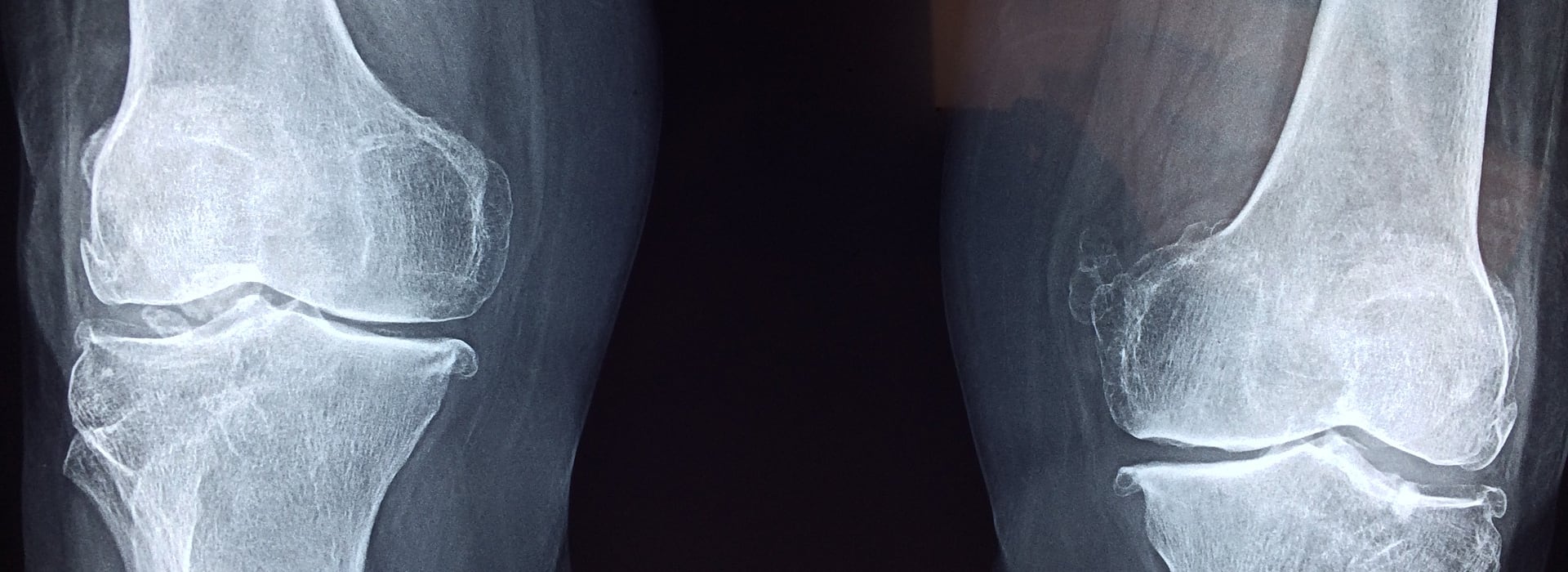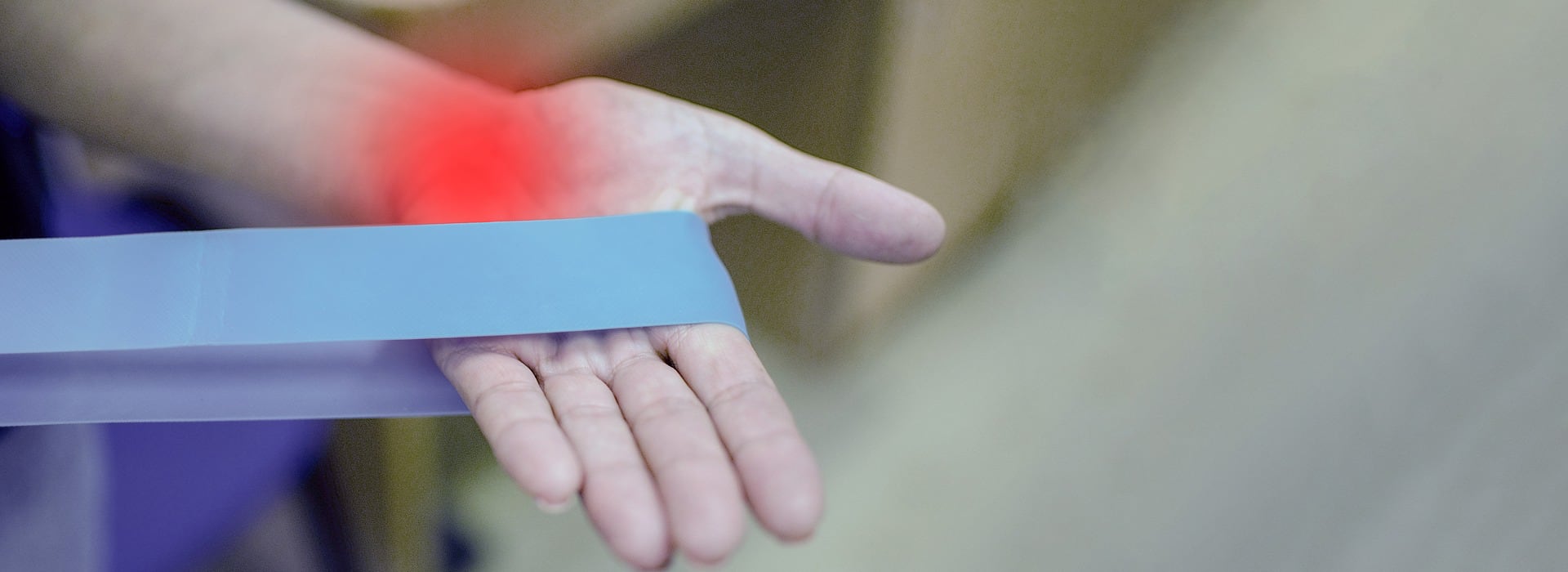Welcome to Joint Pain Info
Part of the Joint Pain Info series of websites. Click on the area of interest to review information on basic anatomy and function, musculoskeletal injuries, osteoarthritis and various causes of joint pain. Joint Pain Info also provides links to related websites.
Joint Pain Info Sections
- Ankle Pain Info
- Back Pain Info
- Elbow Pain Info
- Foot Pain Info
- Hand Pain Info
- Hip Pain Info
- Knee Pain Info
- Neck Pain Info
- Shoulder Pain Info
- Wrist Pain Info
Joint Pain and Osteoarthritis: An overview
“Arthritis” is the medical word used to describe inflammation or swelling of a joint. There are many different types of arthritis (Rheumatoid Arthritis, Gout, Psoriatic Arthritis etc…). The one thing they have in common is that they result in some type of joint inflammation. The most common type of arthritis is “Osteoarthritis”. Osteoarthritis is commonly called “OA”, “degenerative arthritis” or “wear and tear” arthritis. The term OA is being used more and more on osteoarthritis websites as it is shorter and easier to say than Osteoarthritis. However, in this article the word Osteoarthritis will be used.
To understand Osteoarthritis you have to know a little bit about the most common joints that are affected by Osteoarthritis. These joints, which include the small joints of the fingers, the knee, the hip and the shoulder, all have “articular cartilage”. A joint is where two bones come in contact with one another. Articular cartilage is the smooth coating that covers the ends (or surfaces) of the bones that make up a joint. Osteoarthritis is a medical condition that affects this articular cartilage.
Articular cartilage serves many functions in joints. It acts as a joint cushion, it helps lubricate joints and it allows bones to glide over one another with very little friction. In osteoarthritis the articular cartilage in joints is damaged. This damage can occur for a variety of reasons. Some risk factors for Osteoarthritis are:
- Damage to a joint from another type of arthritis such as Rheumatoid Arthritis or Gout.
- Advancing age.
- A Family History of Osteoarthritis.
- Trauma to the joint or to the bones that make up the joint.
- Being overweight (mainly for weight bearing joints like the hip, knee or ankle).
In Osteoarthritis, the articular cartilage can start to thin or form cracks. Pieces of articular cartilage can also “flake off” or come loose and float inside the joint. These pieces of articular cartilage can cause joint irritation and swelling. As osteoarthritis progresses the articular cartilage can become completely “worn away” from the bone surfaces and the bones in a joint can rub together.
Osteoarthritis is a progressive medical condition that usually develops over time. People with Osteoarthritis complain of joint pain, joint stiffness and/or joint swelling. Sometimes a grating sound can be heard when a joint is moved and bumps or “bone spurs” can develop around the affected joint(s). Not all people with Osteoarthritis complain of joint pain, joint stiffness and/or joint swelling. In fact, some people do not even know they have Osteoarthritis because their joints feel perfectly fine.
Like most other medical conditions, it is better to treat Osteoarthritis early, before there is a lot of “wear and tear” in the joint. A correct diagnosis is important. In some cases a diagnosis of Osteoarthritis can be made based a good medical history and physical examination. An x-ray may be helpful to determine how much “wear and tear” is in a joint. Blood tests and/or joint fluid tests are sometimes ordered to confirm the diagnosis and/or to rule out other types of arthritis.
For people with Osteoarthritis, the goal is to reduce joint pain, control joint swelling and maintain or improve mobility of the affected joint(s). Although there is no known cure for Osteoarthritis, much can be done for people with Osteoarthritis. Keep in mind that Osteoarthritis affects people in different ways and there should be a team approach to treatment. Treatment options include flexibility and strengthening exercises, over-the-counter medications, prescription medications, education on activity modification, education on maintaining an ideal weight, cold therapy, heat therapy, techniques for joint protection, joint injections and in some cases surgery. Healthcare Professionals with training in how deal with Osteoarthritis can help outline an individualized treatment program.




